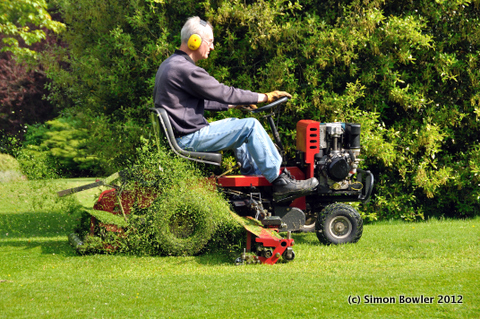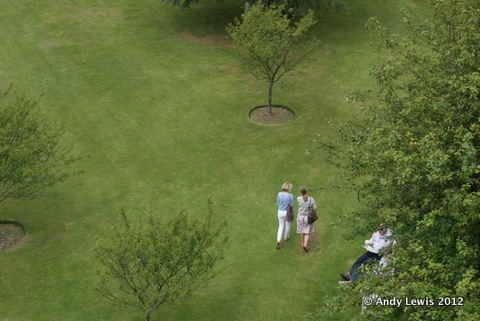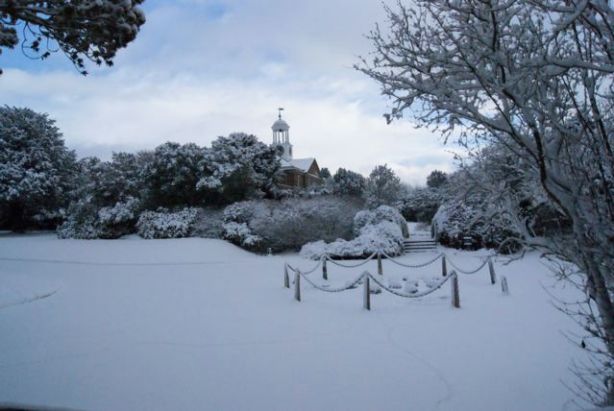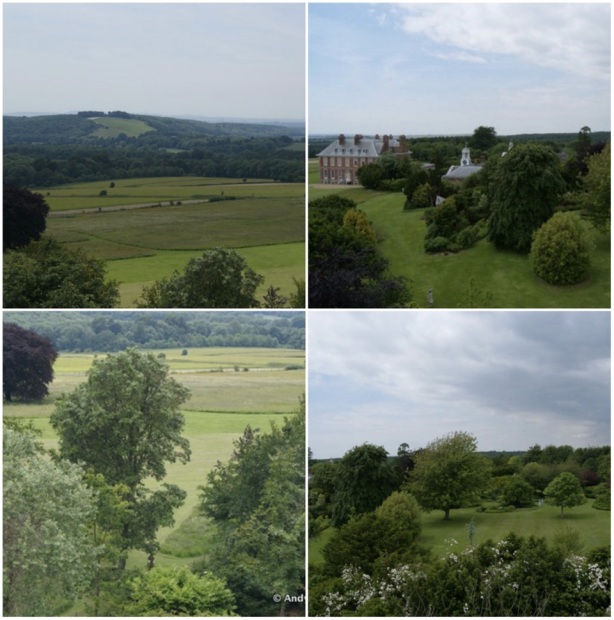Over the last couple of days the garden team have enjoyed a bit of sunshine. So, instead of scurrying across the garden with our heads down and hoods up, we’ve been able to appreciate the spectacular views framed by the garden.
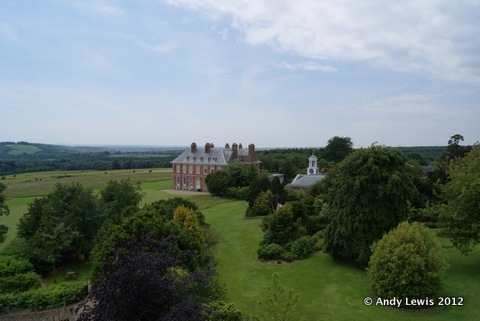
As I wrote in my last blog, a key feature of Lancelot ‘Capability’ Brown’s work at Uppark the late 18th century was the creation of carefully orchestrated views for the garden’s users to explore and enjoy. However, the story of Uppark Garden does not end with Capability Brown. In this blog post I’m going to explore the period from the 1790s onward, and particularly the work of Humphry Repton, which is the basis for much of our current restoration work.
1790s – 1820s
After Sir Matthew Featherstonhaugh’s death in 1774 and Brown’s subsequent death in 1783, the new pairing of Sir Harry Featherstonhaugh and landscape gardener Humphry Repton, heralded a second major change in the layout of the garden. It seems likely that a series of circuit paths date from this period. We have found traces of these paths in the garden and during the summer of 2013, archaeology students Sam (below left) and Jack (below right) carried out some excavations.
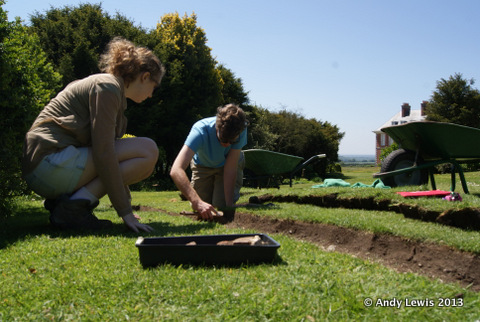
Repton is often referred to as Brown’s successor. However, Repton’s designs were often less natural than Brown’s and included the sort of garden features which might have been seen in Rococo gardens. An example of this type of feature at Uppark is the Coade Urn on the mound.
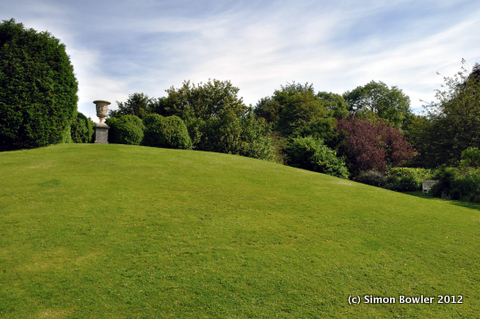
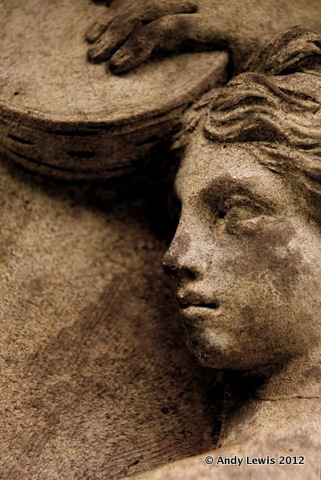
Repton’s work at Uppark also included the Portico and new north drive. Plans for the new north entrance to the house are shown in the ‘Red Book’ of Repton’s designs for Uppark. Intriguingly plans for other features which may not have been built included an informal Cottage Garden and a formal Rose Garden. What does seem tantalisingly evident from Repton’s correspondence with Sir Harry Featherstonhaugh is that there would have been flower gardens at Uppark.
Repton’s work at Uppark, while not fully understood, is regarded as the most significant phase in the history of the garden. This is why the section of border former Assistant Gardener Jo designed has been restored to the period 1810-1830.
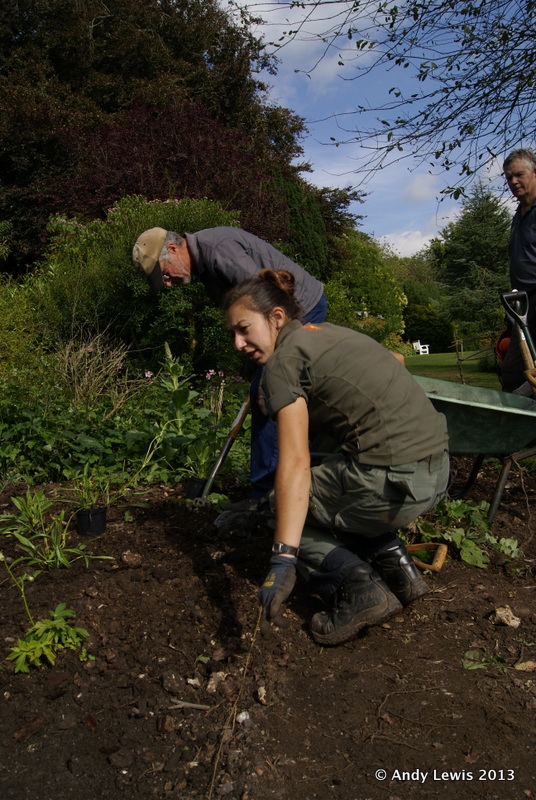
Jo supervising the planting in September 2013
Later 1800s
After Repton’s alterations at Uppark, it seems that the garden did still undergo change. Inevitably older plantings grew substantially over the years and new planting was also added. A Country Life photograph from 1910 shows bedding in front of the East Pavilion which Dr Sarah Rutherford has identified as ‘typical of mid-late C19 schemes’.
1900s
By the time the National Trust received the garden in 1954 most of the 19th Century path system shown in the 1873 OS map had vanished. The ‘Island Beds’ in the area north of the East Pavilion were added between 1991 and 2005 to add interest to a garden that had originally been ‘simplified’, an unfortunate reflection of the limited resources available at the time.
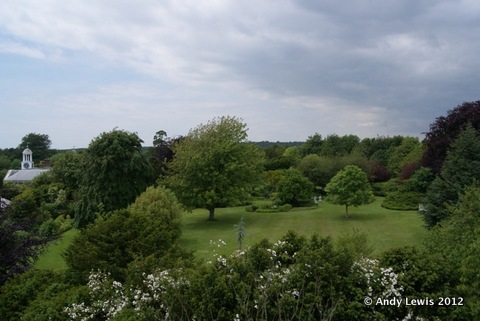
There are a lot of things that we can’t know for certain about the history of Uppark Garden. There has been a gradual change in the structure and use of the garden over three centuries, glimpses of which we see in the garden today.
In some areas, the garden team have been working to restore the 1810-1830s character of the garden. In the last few weeks we have begun to work on the next 20m section of the border which sweeps round inside the garden wall, following on from Jo’s work last year. We plan to complete the preparation of the area and the design work in time to plant in the early autumn.
However, just because we are restoring some areas to one short period in the garden’s history, does not mean that the earlier or later phases in the garden should be seen as insignificant. The garden is now enjoyed by many more people than at any other point in its life, and consciously or not, what we enjoy now is the result of centuries of change, and we’re not finished yet!
